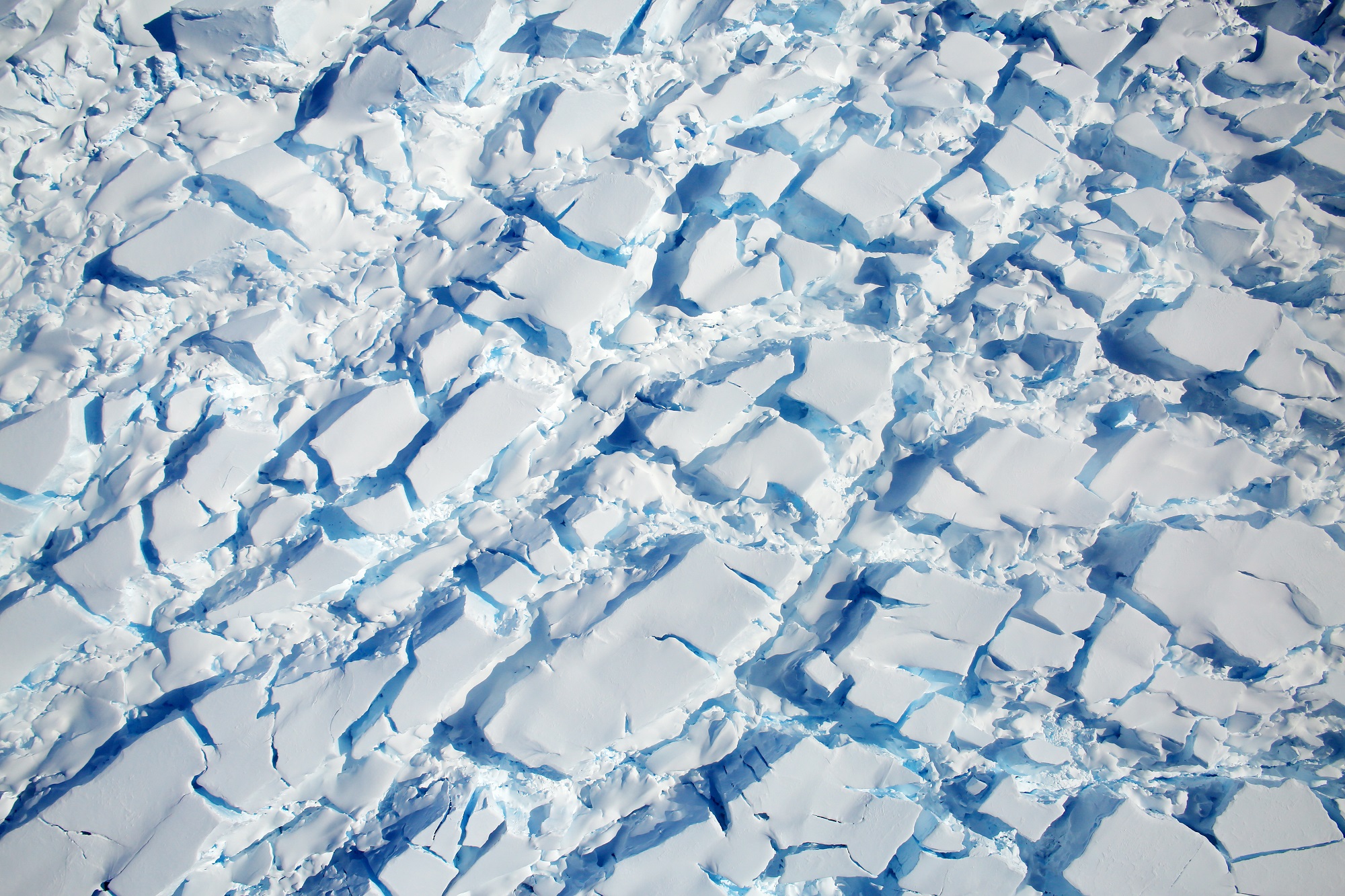Difference between revisions of "Template:Westarctica.wiki:Today's featured article"
Westarctica (talk | contribs) |
Westarctica (talk | contribs) |
||
| Line 1: | Line 1: | ||
[[File: | [[File:Crevassed-Glacier.jpg|250px|left]] | ||
'''[[ | A '''[[glacier]]''' is a persistent body of dense [[ice]] that is constantly moving under its own weight; it forms where the accumulation of snow exceeds its ablation (melting and sublimation) over many years, often centuries. Glaciers slowly deform and flow due to stresses induced by their weight, creating [[crevasse|crevasses]] and other distinguishing features. They also abrade rock and debris from their substrate to create landforms such as cirques and moraines. Glaciers form only on land and are distinct from the much thinner [[sea ice]] and lake ice that form on the surface of bodies of water. | ||
On | On Earth, 99% of glacial ice is contained within vast [[ice sheet|ice sheets]] in the [[Antarctic Circle|polar regions]], but glaciers may be found in mountain ranges on every continent including Oceania's high-latitude oceanic islands such as New Zealand and Papua New Guinea. Glaciers cover about 10 percent of Earth's land surface. | ||
'''([[ | '''([[glacier|Full Article...]])''' | ||
Revision as of 16:20, 1 February 2024
A glacier is a persistent body of dense ice that is constantly moving under its own weight; it forms where the accumulation of snow exceeds its ablation (melting and sublimation) over many years, often centuries. Glaciers slowly deform and flow due to stresses induced by their weight, creating crevasses and other distinguishing features. They also abrade rock and debris from their substrate to create landforms such as cirques and moraines. Glaciers form only on land and are distinct from the much thinner sea ice and lake ice that form on the surface of bodies of water.
On Earth, 99% of glacial ice is contained within vast ice sheets in the polar regions, but glaciers may be found in mountain ranges on every continent including Oceania's high-latitude oceanic islands such as New Zealand and Papua New Guinea. Glaciers cover about 10 percent of Earth's land surface.
